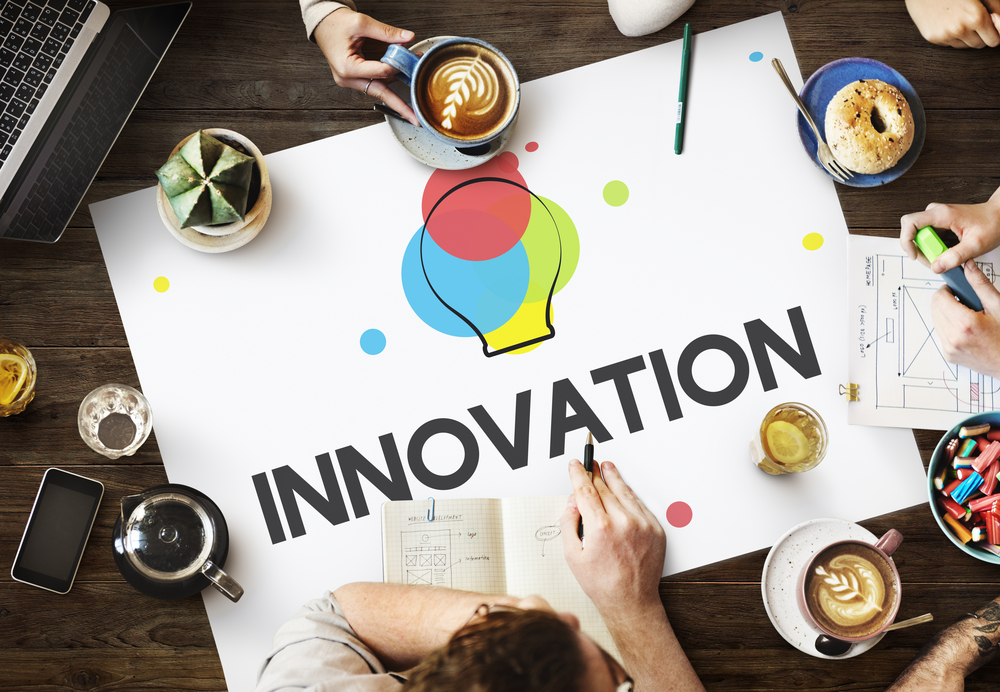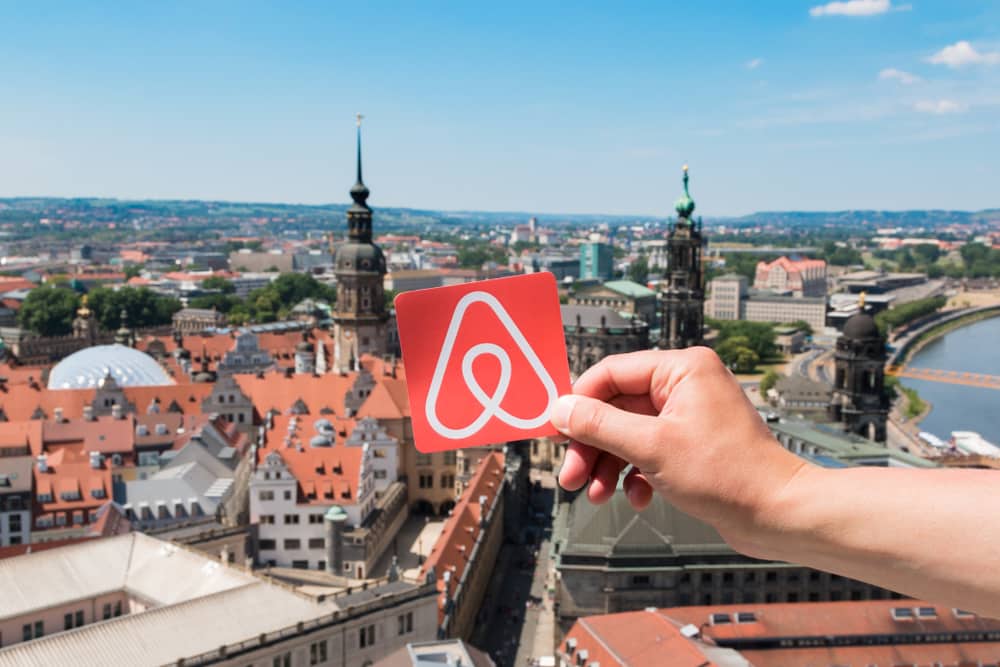Design Thinking: Creating Optimized Business Solutions
The success of brands like Apple, Google, Nike, Amazon and PepsiCo has clearly established design thinking as a breakthrough methodology to create products and solutions. However, what you might not know is that the success of design thinking is not limited to just products. This methodology is applicable in pretty much all kinds of operational and business processes. Design Thinking is particularly relevant in the context of HR, given that empathy, a core principle of this approach is a much-needed aspect while dealing with employee issues and concerns. In fact, research shows that human resources and people’s operations are 5 times more likely to apply design thinking in everyday business than any other department.
Read how Design Thinking revolutionised five different industries.
Fundamentals of Design Thinking
Design Thinking is a non-linear iterative process of finding the most human-centric solution for any kind of query or problem. It works by evaluating and understanding the needs of the stakeholders and finally answering those needs. This iterative process encourages brainstorming and prototyping to eliminate redundancies and promote the best options.
The end goal of design thinking is to channel creativity and drive innovation. It does so by following the core principles of:
- Empathy
- Definition
- Ideation
- Prototyping
- Testing
Each of these steps work separately to develop solutions that cater to the stakeholders adequately.
Read more about how Design Thinking works.
Design Thinking in Optimizing HR
Design Thinking has now, more than ever, has a new-found relevance in different industries, including the HR industry. It is especially important for human resources because all the principles of Design Thinking, in essence, are human-centric. Since HR primarily handles the recruitment, employment experience and the exit-process of employees and represents the company, understanding human needs and executing accordingly becomes crucial.
In the case of HR, Design Thinking focuses on building a structure, a design for operations which would align the goals of the company with its employees. It starts by building the problem statement to find ways of resolving that. Our fast-paced work environment demands quick solutions today and therein lies the challenge – humans. Unlike machines, humans are after all, not engineered to deliver automated accurate results around the clock. Innovation is the only way to meet this challenge and design thinking is capable of driving that innovation.
Tim Brown, one of the pioneers of Design Thinking believes that “leading through questions” is the best way to drive innovation. Questions bring us closer to stakeholder requirements and help us understand the scope of improvement.
Let’s look at the following HR processes and how Design Thinking can each of them
- Human Resource Planning: HR planning involves recruiting, selecting, hiring and training the right candidates to make them ready for the job. This is one of the crucial processes for any company since it builds assets for them. Design thinking can optimise this process by incorporating a few of the principles. Empathy can help recruiters to create a welcoming environment for new recruits at the company. Constant questions for both parties, namely the hiring company and the candidate seeking the job opportunity- can help set expectations. Empathy will also help the HR team to identify any inherent challenges and address them. Ideation, another crucial step in design thinking encourages users to be creative and think of newer ways of addressing an issue. This step is key to innovation. HR teams must be willing to ditch conventional approaches and break thought-barriers to come up with new solutions and drive innovation in recruitment policies. These efforts will go into creating a conducive environment for onboarding and training the new employees.
- Performance Management: Performance management aims at recognising the meaningful work that employees do and rewarding that appropriately. Employees often complain about not being lauded for their contribution and HR departments themselves often struggle with the ways of gauging performance. Design Thinking can make this process more effective by using tools of surveys to connect and empathise with the employees and understand their concerns and expectations. Automated performance management system (PMS) platforms can help managers stay updated on the performance of their team and evaluate them accurately.
- Employee-Employer Relationship Management: The HR department is also responsible for maintaining a harmonious relationship between the employees and the company. As is often with business organisations, the communication between employees and employers is not very well structured. This lack of a proper communication channel can lead to various issues. The HR team ensures that both parties remain well-connected and acts as a communication enables between them. Design Thinking can enhance this process with an empathy-driven approach towards issues that concern both parties. Using the Design Thinking methods, the HR team can evaluate the situation and come up with solutions that appease them equally.
- Compensation and Benefits: Compensation and benefits comprises a large part of what the HR department handles. Right from the time a candidate joins a company, gets promoted to the time he quits or retires, the HR department reviews and updates his/her compensation. Design Thinking methods can help the HR team to understand the requirements and expectations of the employees and the budgets of the employers and optimise the compensation accordingly. Even while designing policies, an empathy driven approach can help formulate policies that meet the needs of the employees and truly benefit them.
Learn how you can transition to a digital workspace with Design Thinking.

Case Study: Design Thinking in Deloitte HR Operations
Deloitte recently developed HR solutions that focus on creating a positive employee experience by using Design Thinking principles. These HR solutions have built programs and processes that put the employee experience in the centre and by doing so made it simple, enjoyable, and compelling.
They were able to incorporate design thinking elements through digital designs, user experience design, behavioural economics and more. Traditional HR solutions are built around process steps, forms, formal training, or events. However, a close look into the system will reveal that employees are already flooded with emails and other kinds of information. The one-way method of broadcasting information and communication no longer fits the modern workplace. Experiences need to be more personal and interactive.
How Deloitte Crafted the Employee Experience
Deloitte used Design Thinking to transform HR from a “process developer” to an “experience architect”. From redesigning the physical work environment to optimising the digital workspace and directing how managers use their time, Design Thinking has helped Deloitte reimagine the entire process of hiring, training, engaging, and evaluating employees.
Deloitte has invested in their employees, studying how people behave at work to create profiles and personas to model their solutions on. These profiles are specific to the employee demographics, work environment and the set of challenges they encounter. Ideating and prototyping has enabled the company to come up with quicker solutions and effective tools.
Feedback mechanisms based on questionnaires have helped them bring specific requirements to light and facilitate learning and awareness. Few companies are even using agile methodologies to teach people to do less and focus more.
Design Thinking principles have a special relevance in behavioural economics. Intelligent choices (empathy driven) encourage better decisions. Design thinking methods call for ‘choice architectures’ which can guide people to arrive at the correct choices and eventually the correct decision faster. These kinds of smart processes not only make the job easier for the HR, but also create an enjoyable experience for the employees. Deloitte has used them to craft an endearing employee experience. Their HR team has benefitted from the following practices:
- Digitising HR solutions to make them more accessible and user-focused
- Upskilling HR to implement new technologies (AIML, data analysis) and smart solutions
- Creating an engaging and rewarding work environment for employees
- Incorporating Design Thinking while organisational restructuring
- Creating simple processes to fastrack results and champion user experience
Human Resource Players Need to be Designers
The goals of Human Resources are already aligned with that of Design Thinking – to enhance user experience. It creates opportunities for HR teams to lead a disciplined, streamlined, and effective process that answers employee concerns adequately. This simple yet successful methodology has generated higher levels of employee satisfaction, productivity and engagement.
Learn how you can use Design Thinking and optimise your HR operations.





